How Politics is Causing a Social Media Shake Up
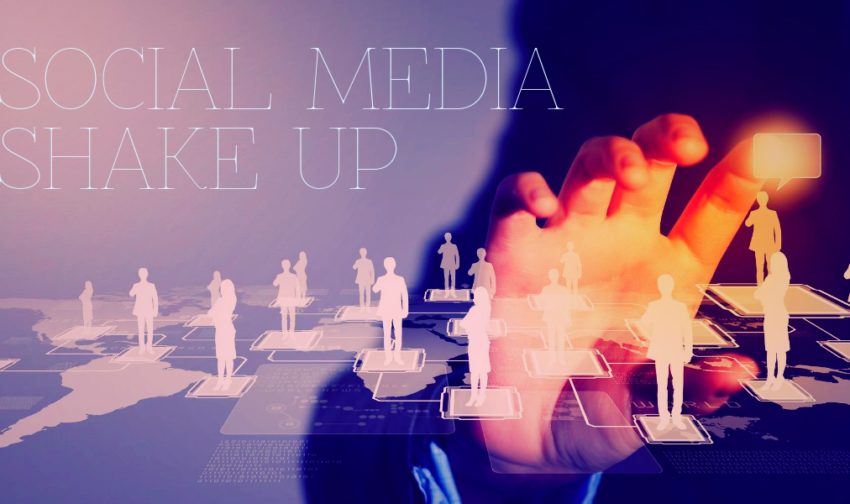
Since 2016 and probably longer, social media platforms have been under attack for not being responsible for the role they have played in the spreading of fake news and misinformation; the unchecked harassment and abuse that they've allowed, as well as the coordinated manipulation of people on their platforms that has been permitted.
While a lot of this has been tolerated under the banner of freedom of speech, there has been increasing pressure from governments for social media platforms to become more accountable for the populations and content within their domains.
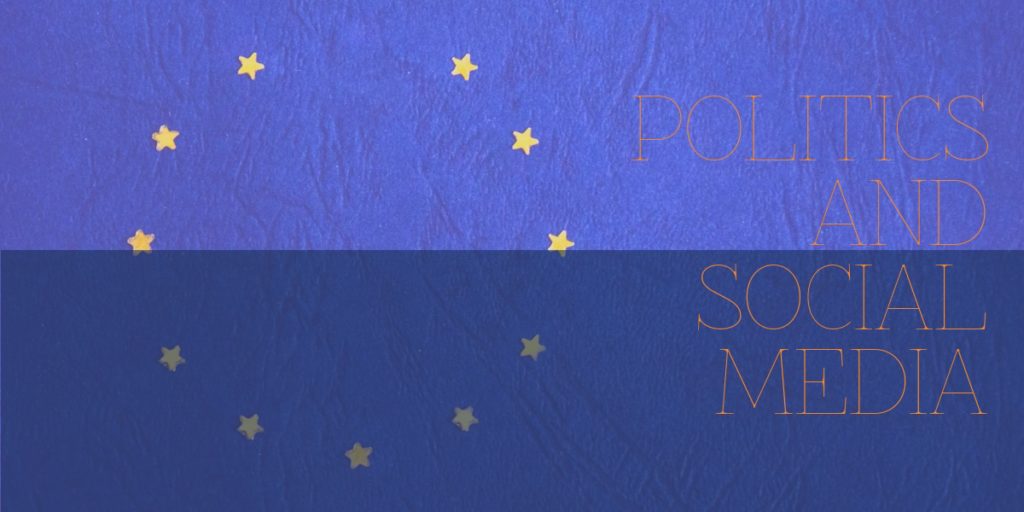
Here's a quick look back at what's happened and how political will is forcing a social media shake up.
On 13th April 2017, Facebook began its clean up of accounts, starting in France, deleting thousands of 'sockpuppet' accounts and by May had deleted thousands more fake accounts in Germany and the UK in its crackdown on fake news.
- https://www.reuters.com/article/us-facebook-propaganda-response/facebook-says-it-will-act-against-information-operations-using-false-accounts-idUSKBN17T2G6
- https://www.wired.com/story/isis-russia-manufacture-crowds/
- http://www.abc.net.au/news/2018-03-13/facebook-played-a-determining-role-in-myanmar-crisis-un/9542464
On 10th December 2017, German intelligence service BfV published the details of Linkedin social network profiles claimed to be used by the Chinese intelligence services for 'phishing'.
On 1st January 2018, Germany's NetzDG law was enacted. The law prohibits hate speech and requires social media platforms to remove banned content within 24 hours or face fines.
On 25th January 2018, a yellow fever vaccination campaign by Brazilian government health officials is thwarted by misinformation and fake news spread on WhatsApp.
On 29th January 2018, Twitter deleted millions of accounts overnight as it began its spree to clear out fake and 'bot' accounts, which resulted in some high profile accounts being suspended and many influencers loosing hundreds of followers.
On 16th February 2018, Robert Mueller's indictment of Russian agents was made public. The document made plain the involvement of social media platforms as tools of influence through fake accounts, paid social media advertising and psychological profile targeting.
On 21st February 2018, Twitter pushed further, deleting and suspending thousands of accounts for 'Tweetdecking', publishing public information about its Terms of Service and expand verification to 'ordinary' citizen accounts.
In an attempt to protect freedom of speech, Twitter verified accounts of Florida school shooting survivors who were calling for tighter gun controls in USA.
On 1st March 2018 the European Union announced that social media platforms and other Internet companies must remove extremist content more quickly, asking for a one hour turn around on terrorist propaganda and illegal content, including hate speech and copyright infringements.
On 7th March 2018 Sri Lanka shut down social media platforms in an attempt to stop violent riots and the coordination of targeted attacks via WhatsApp.
On 8th March 2018, LinkedIn updated its Terms of Service to introduce its new Professional Community Policies to crackdown on abuse, flame wars and hate speech.
On 11th March 2018 the Australian Defense Force announced that it had banned department staff and serving personnel from downloading and use of WeChat due to growing concerns about Chinese espionage activities.
On 13th March 2018 political journalist #LiangXiangyi from Yicai Media in China had her Weibo account suspended and search results for her name censored when a video of her reaction to a fellow journalist's question during a political press event went viral. In addition to clamping down on Ms Liang's social accounts, steps were also taken to stop the proliferation of memes on WeChat and other social platforms.
While social media platforms have been reluctant to take responsibility for the content that passes through their systems, its clear that politicians and governments are very concerned about how this neglect has allowed financial and political profiteering to boom.
In April 2018 the European Commission will publish it first set of rules on how governments and technology groups are expected to take steps in the prevention of disinformation online.
How the Social Media Shake Up Helps You With Social Media Marketing
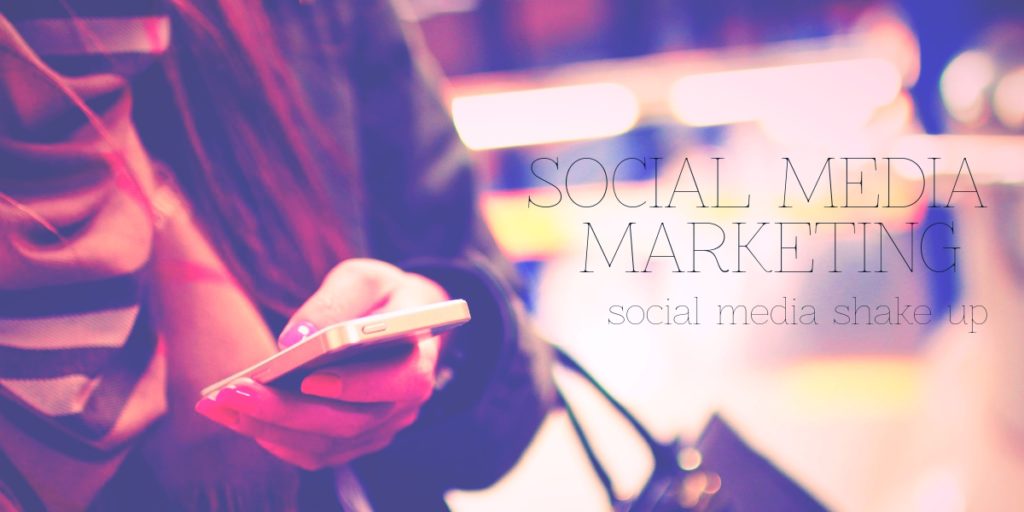
The recent notifications from your favourite social media platform with their updated Terms of Service is as a direct result of the social media shake up.
While you may be tempted to just delete the email or ignore it as 'fine print' boring stuff, it's probably a good idea to take a look at what the Terms of Service actually say. Making sure that your social media marketing strategy is not inadvertently crossing over 'the line' is now part of what it means to be good at social media.
On the whole this social media shake up is going to benefit a lot of people - including marketers.
Tthe shutting down of fake accounts is a great thing for any brand or company that's looking to align itself with an 'Influencer'. Many of the unscrupulous individuals setting themselves up as Influencers buy fake followers to boost their numbers so that they can demand higher fees. Each time fake accounts are culled only the real Influencers with a connected audience survive.
Bbrands who struggle with counterfeiters and copyright infringement benefit each time fake accounts and 'decks' are shutdown. These accounts use propaganda and misinformation tactics with someone else's intellectual property to support their ideology or make money. Each time these accounts are shutdown the brand is given back the space and audience that they have worked so hard to build.
Sshutting down 'sockpuppet' accounts helps other social media advertisers, by adjusting advertising costs to real levels. These fake accounts will monopolise advertising to particular target profiles and artificially inflate the advertising costs that genuine advertisers have to pay. When these account are deleted, the cost to advertise revert back to realistic demand levels.
Ggetting rid of fake accounts helps get rid of trolls and spammers who persistently target a particular company, brand or individual. When troll armies decide on a target it can be difficult to shut them all down, especially when some act as sleepers agents to avoid detection and deletion. When fake accounts are deleted even sleeper agents are removed, including all the content that they may have left to do harm later.
What the Social Media Shake Up Means for Twitter Users
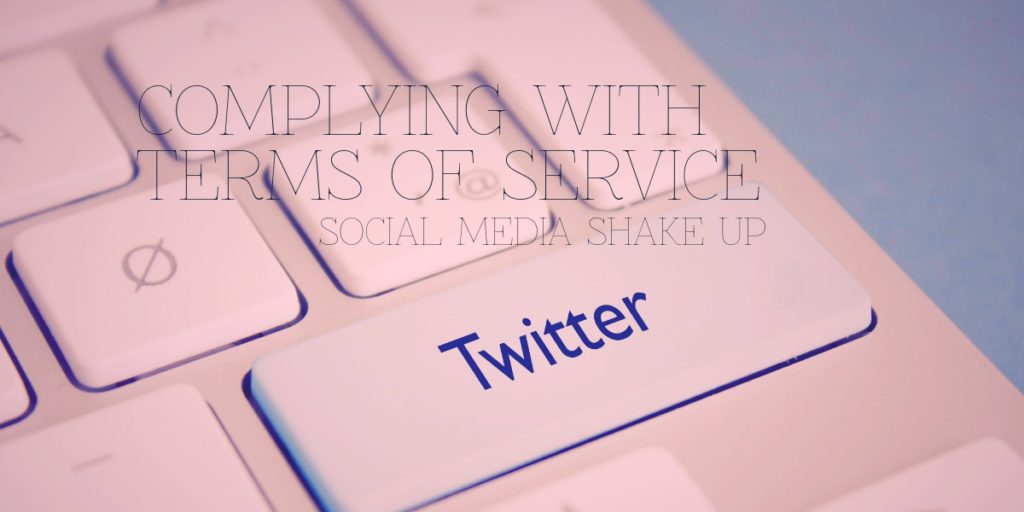
Twitter has been particularly proactive in recent months with closing down fake accounts and as a consequence has come under fire from the public. In response, Yoel Roth from Twitter published a post to clarify the meaning of Twitter's Terms of Service.
For anyone that's using Twitter for social media marketing tactics knowing what Twitter are hunting for, when chasing fake accounts, will keep you on the right side of their policies.
Managing Multiple Twitter Accounts
Twitter is happy for you to have more than one account. However they don't want you to be posting the same tweet to all your accounts; they also don't want you constantly retweeting or liking between your accounts that's 'Tweetdecking'!
What you can do instead is give each account it's own different content theme and make sure that you post only that particular content exclusively to each account.
For example let's say your company has five Twitter accounts. Each of those Twitter accounts must post different tweets.
- So the first one might just be for blog posts that get published on your company websites, company announcements, social responsibility activities, messages from the CEO, industry news, awards, events and conference promotions; news that shareholders would appreciate.
- The second one could be for communications with customers, anything from new product/service announcements, where customers can get customer support, sharing education, marketing and sales etc.
- The third account might be for attracting new leads using only video content with tweets.
- The fourth account could be for attracting new leads through opinion pieces and commentary on current affairs.
- The fifth account might be one that addresses lifestyle issues that your product or service fits with.
Think of each of your Twitter accounts as being a separate dedicated channel and you will be OK.
Getting Your Twitter Profile Identity Right
Copyright infringement is becoming a big deal on all the social media platforms, mainly because fake accounts will often be set up using a photo taken from somewhere online (for example, lots of fake accounts use photos of models from online catalogs). Using a photo that's owned by someone else is one of the main ways Twitter is hunting down the bot, troll and spammer accounts it wants to close.
That means the practice of using your favourite celebrity's picture or a random photo you found online as your Twitter profile pic is probably going to result in your account being shut down.
What you can do instead for your profile pic is to make sure the photo you are using for your account is one that you have taken yourself or have license to use. If you want to use a created image, be the copyright owner of the image that you use and watch out for infringement of copyright if you're copying an image from some other source to create yours.
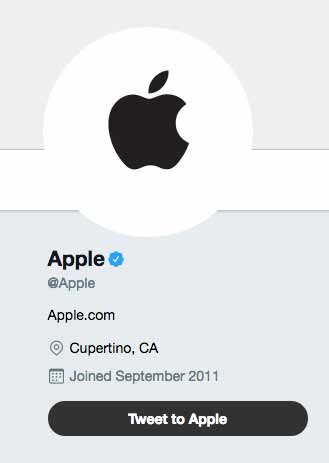 Twitter also wants you to be a real person or entity, so it is actively going through and doing what it can to verify accounts.
Twitter also wants you to be a real person or entity, so it is actively going through and doing what it can to verify accounts.
The little blue cloud with the white tick icon next to an account name will begin to appear on more and more accounts, as Twitter does it's verification. To be clear, it doesn't mean that without one your account is less valuable or at threat. It also doesn't mean that Twitter or any of its staff agree with or endorse the content shared by that account.
Any account that attempts to abuse this icon, by falsely putting the icon in the profile pic, account header, background photo or bio will automatically have their account suspended. The badge becomes meaningless if people try to use tricky tactics to display it falsely, so Twitter has 'zero tolerance' on this.
While Twitter can't verify every single account, you can help Twitter know that your profile identity is genuine. By providing an email address and phone number for your account when Twitter are hunting for fake accounts it will note that these details are provided which will prevent an automated suspension. That way if you do slip up without realizing it, they will give you the benefit of the doubt.
While its political motivated, the social media shake up will have long term benefits that help social media platforms regain some of their lost credibility. It will also create a better environment for social media marketers who want to get the right results with their campaigns.
Talk to Conversion Leadership about the right social media marketing strategy for your brand and business - Call 1300 766 328.

